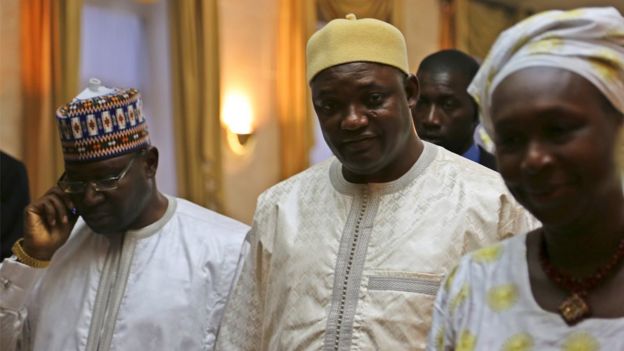by Yesim Usluca
Impunity Watch Reporter, Middle East
BAGHDAD, Iraq — The Islamic State (ISIS) has evolved the use of commercial drones to release explosive devices and grenades on civilian targets in districts of Mosul.

ISIS’s newest effort to modernize technology lies in modifying commercial drones for use as “weapons that terrorize the city of Mosul[.]” Off-the-shelf drones are capable of flying for up to half an hour with a range of several miles, and can easily be afforded by terrorist groups. The improvised drones, which are made up of a “plastic tube attached to a camera drone,” can drop 40 milimeter grenades. This creates a medium through which ISIS can engage in acts of terrorism from afar, thus reducing the risk of death to members of the group.
During the week of January 9th, a U.S. Army commander stated that ISIS was using these improvised weapons as part of their effort to avoid losing control of the “former ISIS stronghold of Mosul.” At the time, ISIS had carried out a strike on a market in Eastern Mosul, where eight people were injured. A young boy, Hussein, stated that he had been shopping with his family when a “small ISIL plane dropped a grenade on [them].” He was later treated for a “broken bone protruding from his foot.”
ISIS has a history of using drones to record footage for propaganda videos and to conduct aerial surveillance. A research fellow at a U.K. military think tank, Mr. Justin Bronk, stated that ISIS is “known for turning things they can get hold of into weapons.”
International fear has developed over the possibility of ISIS leaving behind an “army of brainwashed and dangerous children[.]” Mosul’s youth have been exposed to long-term messages of hate while ISIS has occupied the country’s second largest city. They have further been taught “how to become terrorists and suicide bombers[,]” while learning the “extreme views of Muslim Sharia law[.]”
The Iraqi Commission for Human Rights urged the United Nations (U.N.) to “save a generation of children from religious extremism.” The Commission’s media director, Mr. Jawad al-Shamri, stated that two years ago, ISIS started modifying school syllabi to teach children how to make explosive belts, prepare booby traps and take female hostages.
For more information, please see:
Tech Times—ISIS Weaponizes Everyday Consumer Drones, Turns The UAVs Into Bombers—17 January 2017
The Washington Times—ISIS strikes Iraq with drone grenades—January 17, 2017



